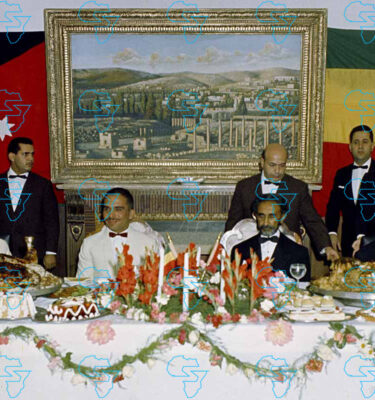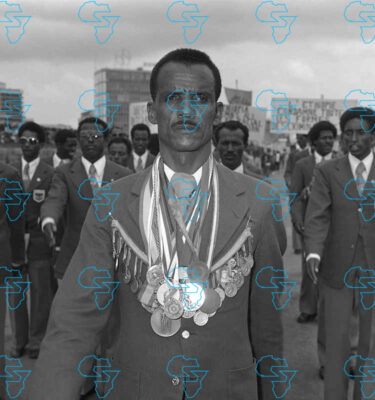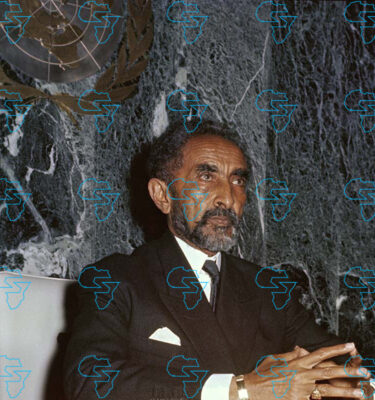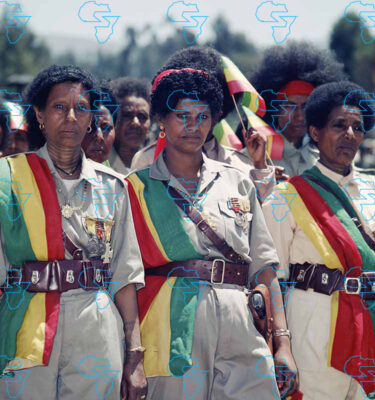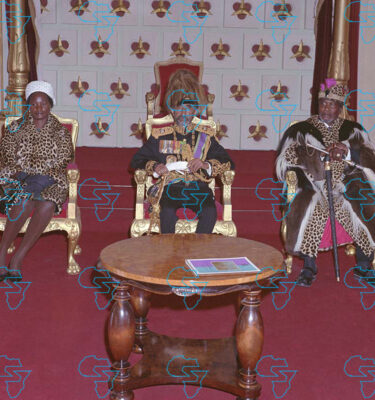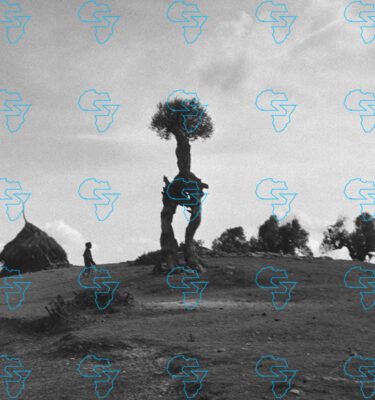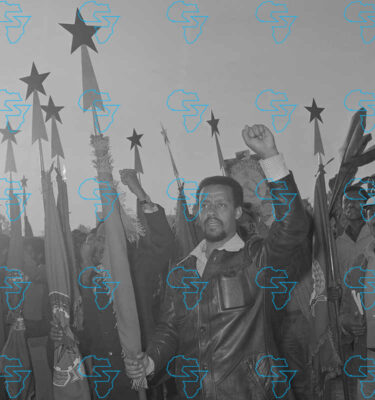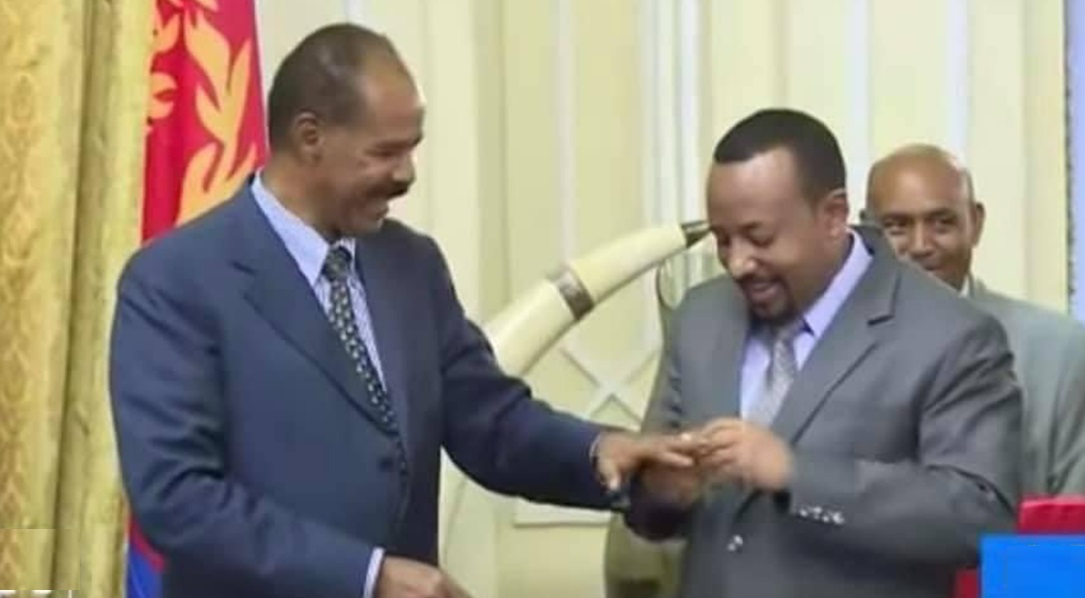
According to diplomatic sources, the government of Eritrea has initiated the process of closing its embassy in Addis Ababa. The only representative from Eritrea who will remain in Ethiopia is the official assigned to the African Union, which has its headquarters in Addis Ababa.
For the majority of the past thirty years, diplomatic relations between Ethiopia and Eritrea have been largely non-existent. These ties were restored in 2018, and in 2020, both nations collaborated militarily to combat Tigray fighters in northern Ethiopia. However, since November 2022, there has been a noticeable increase in tensions between the governments of Eritrea and Ethiopia.
In the previous year, Eritrea took the step of suspending operations of Ethiopian Airlines within its territory. Conversely, Ethiopia has been openly supporting opposition groups that are critical of the Eritrean government. As of now, there has been no official announcement regarding the closure of the Eritrean embassy in Ethiopia, while the Ethiopian embassy in Asmara has been functioning since 2018. It remains uncertain whether Ethiopia will decide to close its embassy in Eritrea.
Certain analysts suggest that the two nations are once more approaching the brink of conflict. Their previous engagement in warfare in 1998 resulted in significant casualties, with thousands losing their lives on both sides.
In response to allegations regard the closure of the Eritrean Embassy in Ethiopia, Biniam Berhe, the Eritrean chargé d’affaires in Ethiopia, characterized the reports as “Fake News” during a statement made on Friday.
.
.
.
#Eritrea #set #shut #Diplomatic #Mission #Ethiopia #Habesha #Ethiopian #News #InDepth #Analysistop #Stories
Source link



